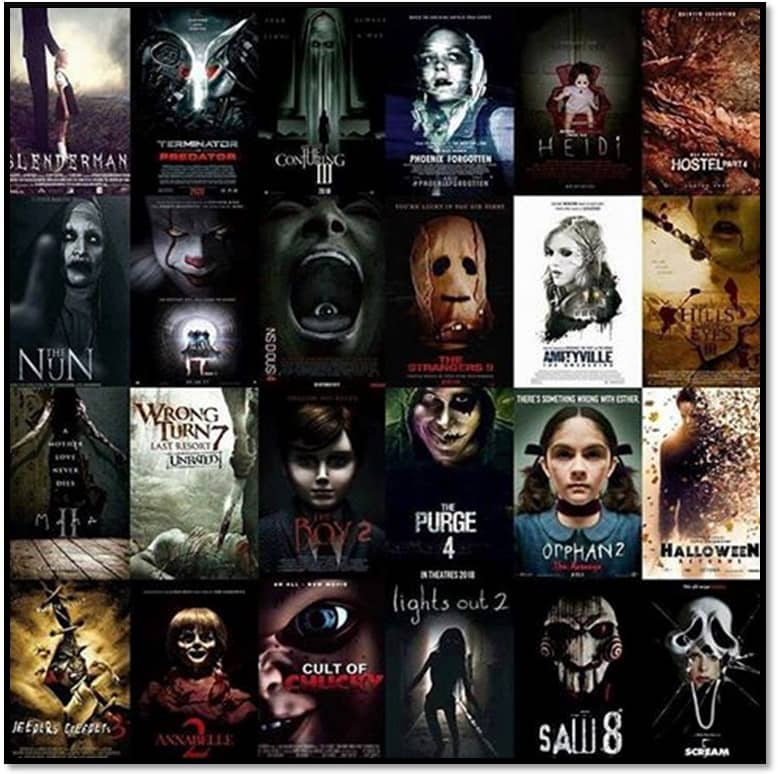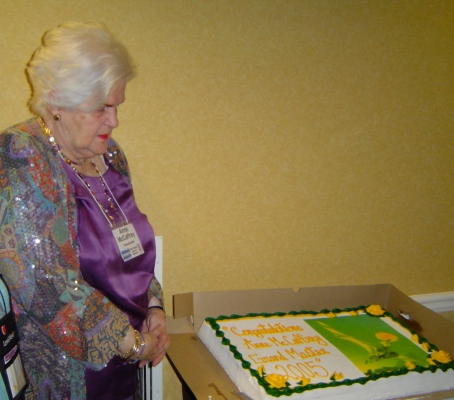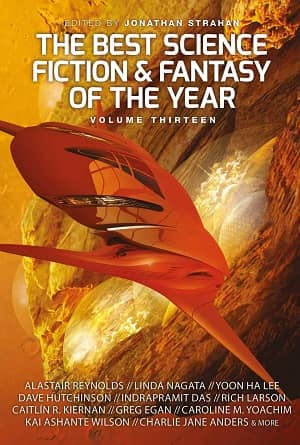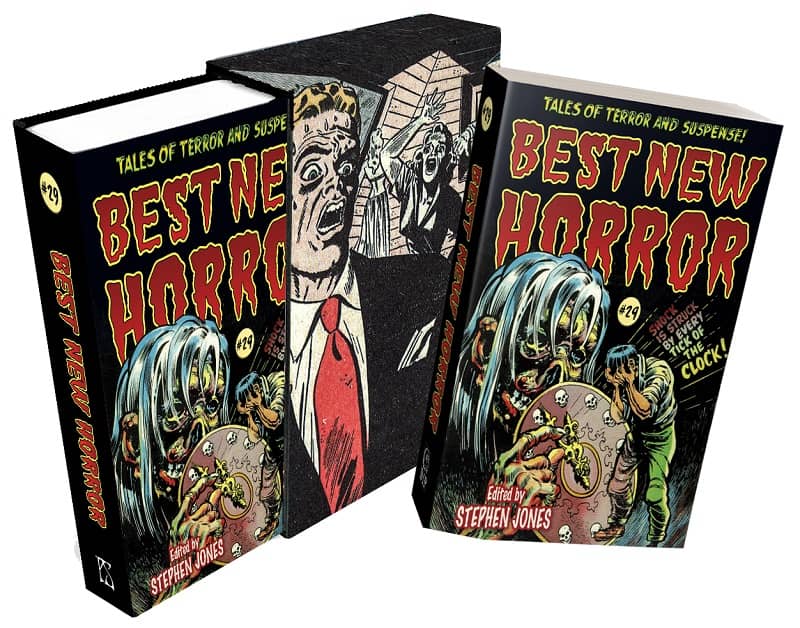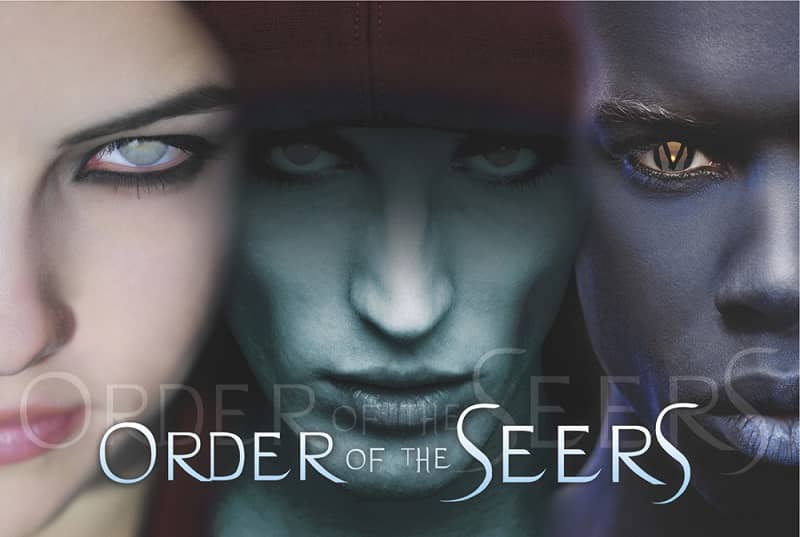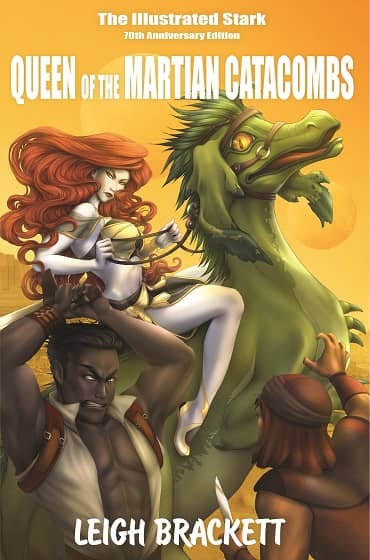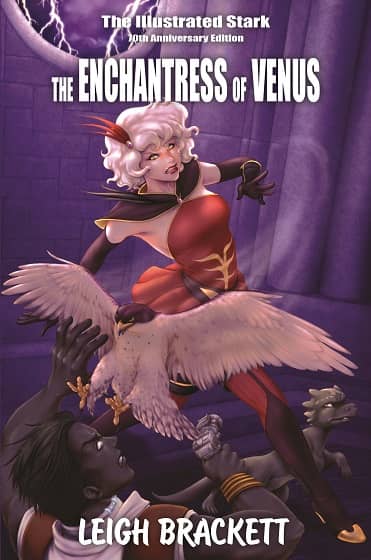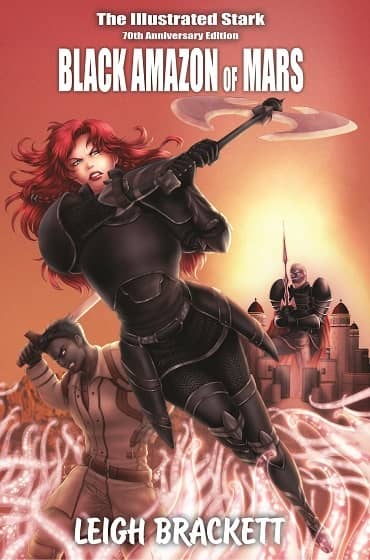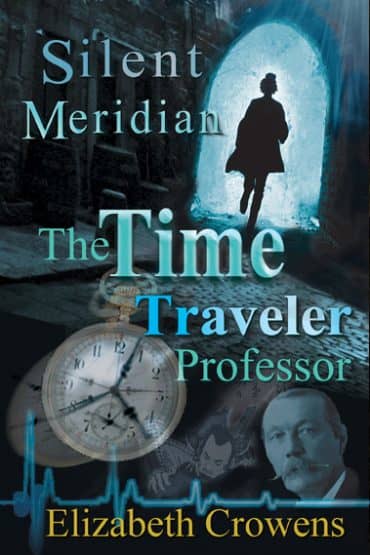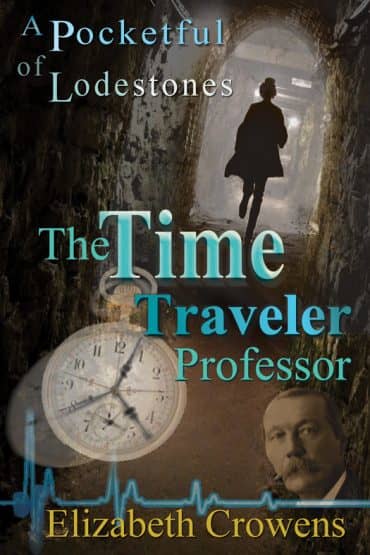New Treasures: The Luminous Dead by Caitlin Starling
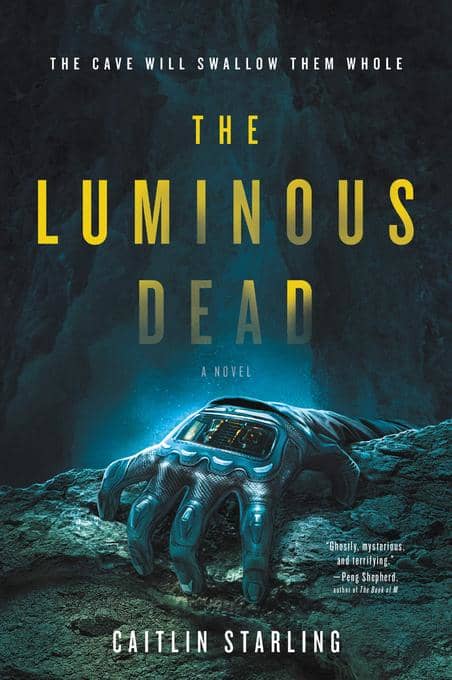 |
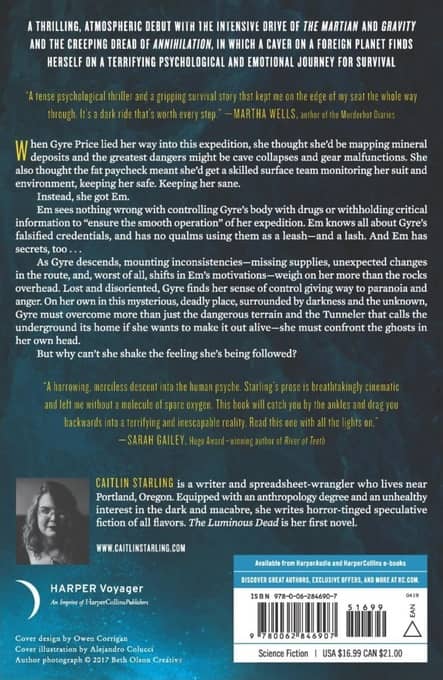 |
There’s nothing like a good sci-fi horror tale. A lot of my favorite SF is horror, in fact — Alien, Dan Simmons’ Carrion Comfort, Stephen King’s The Stand, Lovecraft’s At the Mountains of Madness.
The tale of an ill-fated mining expedition on an alien planet, Caitlin Starling’s debut novel The Luminous Dead looks like one of the most promising SF horror tales of the year. Liz Bourke at Tor.com says it’s “a gripping debut from a talented voice,” and Black Gate author Martha Wells calls it “A tense psychological thriller and a gripping survival story… a dark ride that’s worth every step.” Here’s Martin Cahill, from his review at The Barnes & Noble Sci-Fi & Fantasy Blog.
Outfitted in a state of the art suit monitors and feeds her — and shields her presence from the mysterious, monstrous Tunnelers that dwell within the plane — Gyre’s life depends on the reliability of the tech and the skill of her team of handlers, who are ostensibly steering her toward the safest paths from the surface… Except there is no team, there’s just Em. Brilliant, cold, and tactical, Em has no qualms with using drugs on Gyre without her consent, manipulating her, and keeping her in the dark (both literally and metaphorically) as she works toward her own ends.
Together, Gyre and Em delve into one of the most dangerous cave systems on the planet, for a purpose that Gyre doesn’t know and Em won’t reveal. And though she’s certainly isolated on her journey, Gyre may not be alone in the dark.
That’s just a hint of the horrors lurking within The Luminous Dead, the fantastic horror sci-fi debut from Caitlin Starling. It’s a novel as claustrophobic as the premise suggests… As danger closes in on all sides, we’re never quite sure who love, who to hate, or who to trust.
And oh what dangers there are: treacherous drops, vicious riptides flowing through underground pools, an alien fungus that infects everything it touches, and the Tunnelers, ravenous creatures drawn to disturbances in the rock, Gyre’s suit batteries running low, missing supply checkpoints, and more. There is much to fear down in the dark.
The Luminous Dead was published by Harper Voyager on April 2, 2019. It is 414 pages, priced at $16.99 in trade paperback and $11.99 for the digital edition. The cover is by Alejandro Colucci. Read a generous 35-page sample (the complete first three chapters) here.

